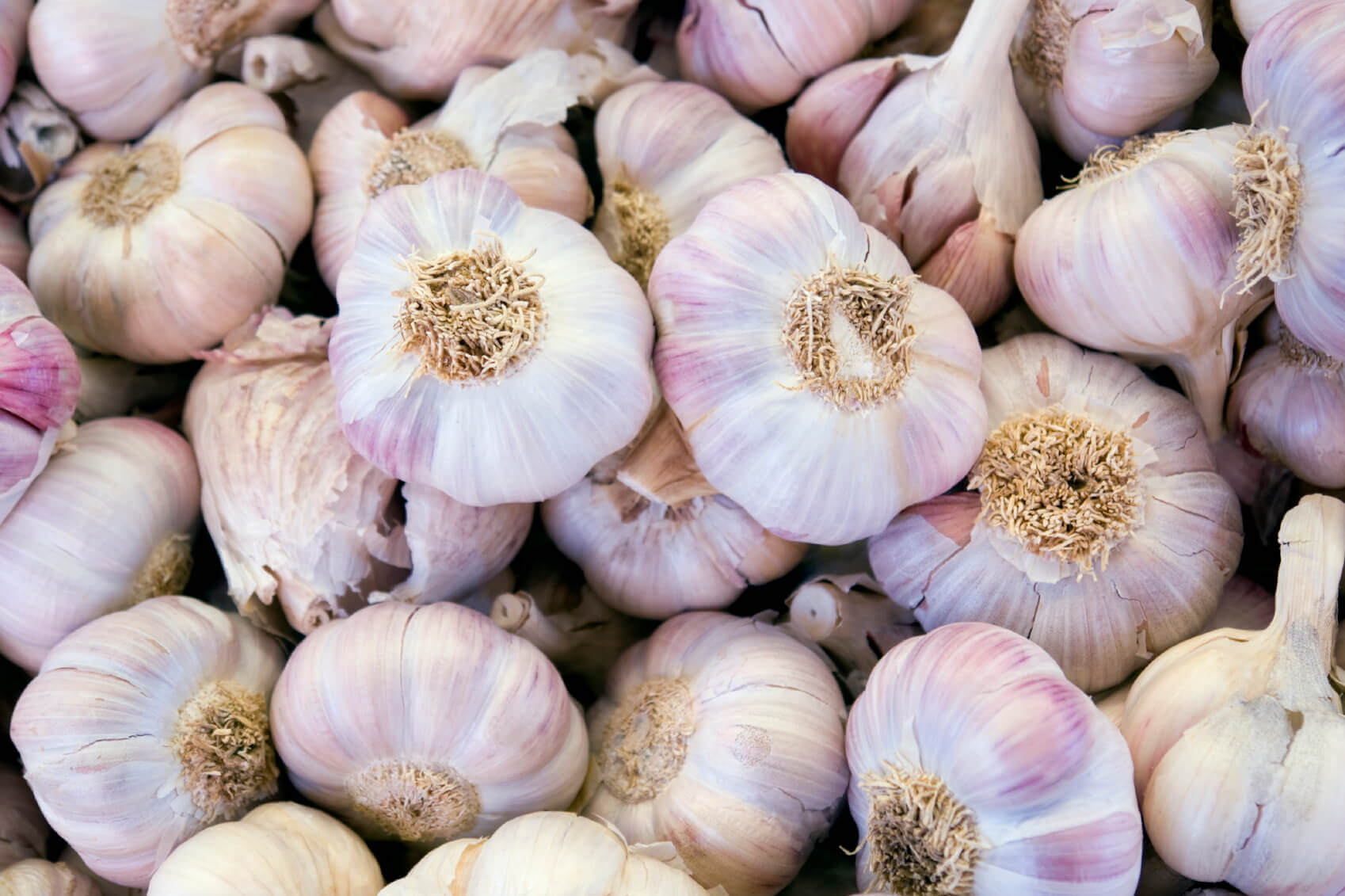Garlic has to be one of the most universally beloved foods. As a seasoning it brings an unmistakable punchy flavour that is widely appreciated. As a food it is thought to contribute to good overall health and even fight off colds! Growers have long believed that garlic from the home garden is a hardier and more flavourful beast, so why not try planting fall garlic this year?
As fall approaches and we begin digging out our sweaters and boots, it is time to prepare for the planting of fall garlic…
What is the difference between fall garlic and spring garlic?
Fall garlic is “hard necked” and can be overwintered. It will then begin growing as soon as weather conditions become favourable in the spring and is usually ready for harvest mid-summer. Spring garlic is “soft necked” and will not survive overwintering. It must be planted as soon as soils can be worked in spring and typically is not ready for harvest until late summer/early fall.
It is commonly believed among growers that fall garlic has a stronger flavour, grows to a larger size, and is better suited to long term storage over the winter.
Shop for Garlic Bulbs for Fall Planting
Choosing your garlic
When selecting for planting, choose the largest bulbs you can find. They should be firm to the touch with no funky blemishes or soft spots. Separate the cloves but leave their skins intact. The larger the clove, the bigger the bulb it should produce, so plant only the largest cloves from each bulb. (You can eat the rest!)
Preparing the site
Garlic grows well in a wide variety of soil but it should always be rich and well drained. Work in some compost and well-rotted manure (extra compost if the soil is heavy). Be careful not to compact the soil by walking over planted garlic. For best growth, space cloves 8 inches (20 cm) apart. Plant cloves 2 inches (5 cm) deep from the top of the clove, with the pointy end up. However, if heavy frosts or cycles of freezing and thawing are expected, cloves will be pushed toward the surface so plant them 1-2 inches (2-5 cm) deeper.
It is best to plant fall garlic directly in the ground rather than in a raised bed. Temperature fluctuations during the winter will be more dramatic in a raised bed and can lead to problems. Cover planted garlic with a layer of mulch and/or straw and leave it until harvest in mid-summer.
Growing
Your garlic won’t need any care during winter. If soil is not very fertile it could benefit from an application of compost or well-rotted manure when growth starts in the spring. However, it is best to do this at the time of planting. When visible growth begins:
- Cut off the scapes to ensure the plants are diverting all their energy into the bulbs. (Scapes are delicious! Try them in scrambled eggs, meatloaf, and soups)
- Water well and deeply on a regular basis. Your garlic may be more than 3 inches (8 cm) from the surface and water must be allowed to make its way down. Without adequate water, bulbs may be small and hard
- Pull up a bulb now and then to monitor the crop
Rotate garlic crops every three to five years. Suitable rotation crops include: mustard and rye.
Harvest
Your garlic will be ready for harvest when the bases of the stalks begin to turn brown and dry. After harvesting, let the bulbs dry for a few days in plenty of air circulation. Do not leave in direct sun, as this may alter the flavour. They are now ready for winter storage! Some growers choose to hang garlic, while others store it in baskets or slatted boxes. Either is fine, the most important thing is to keep them cool and dry with ample air circulation. If storing in a new location, check every so often to ensure the skins are dry and flakey to the touch. Excess moisture will cause garlic to rot. Now you can enjoy homegrown garlic all winter long!


